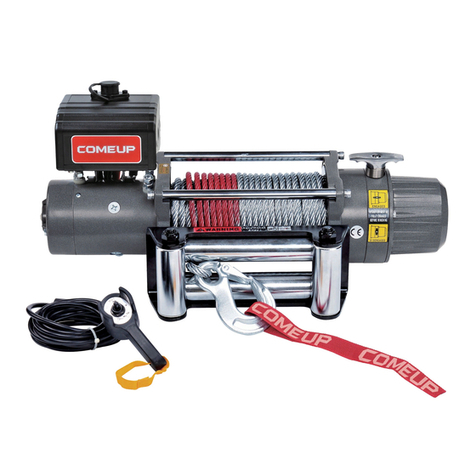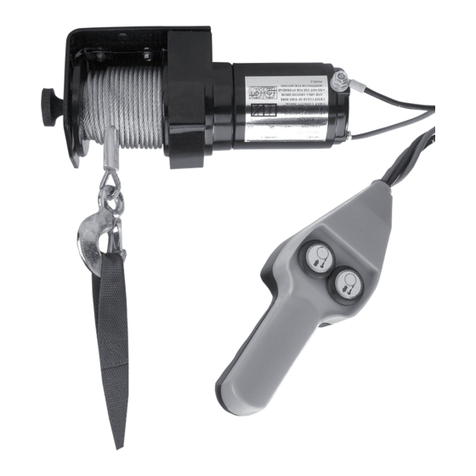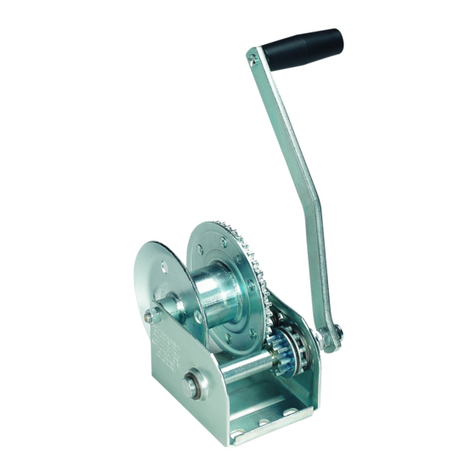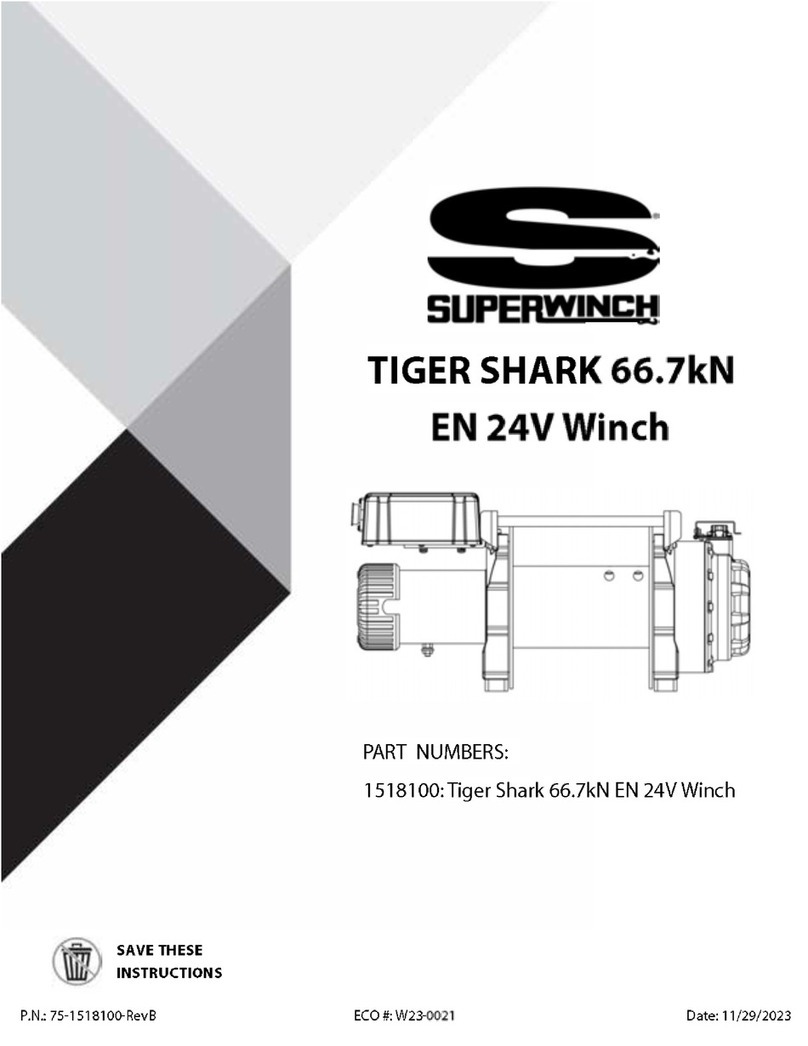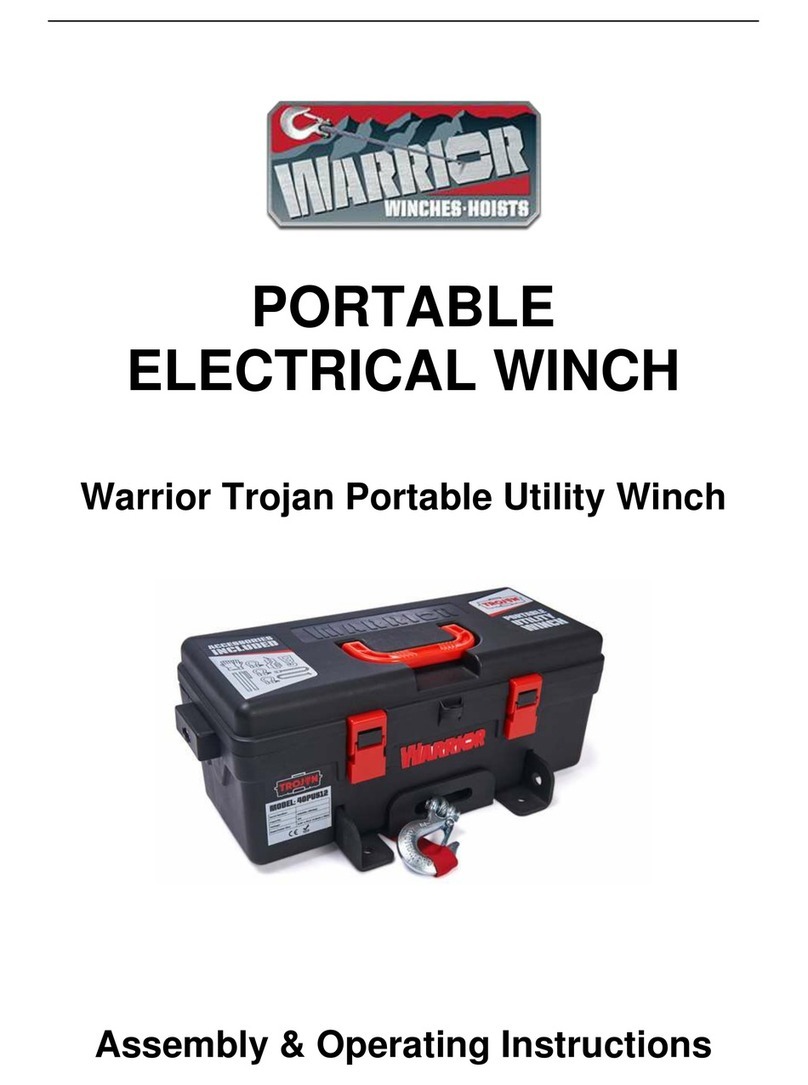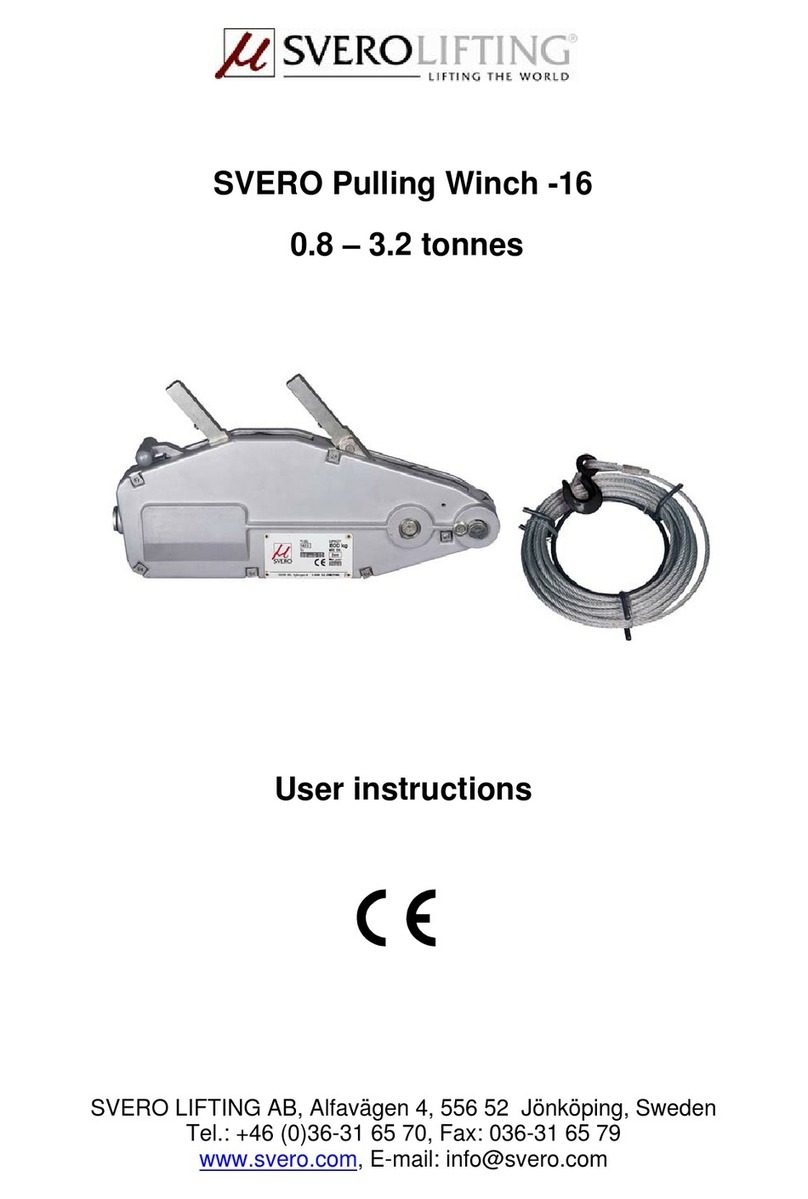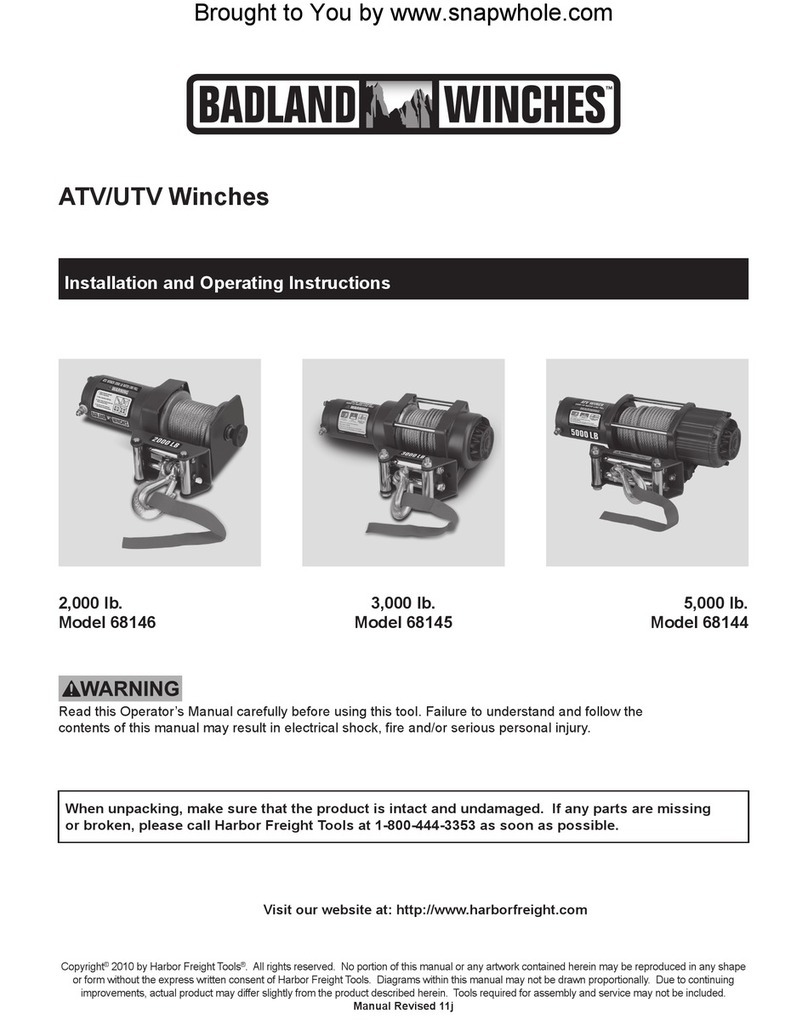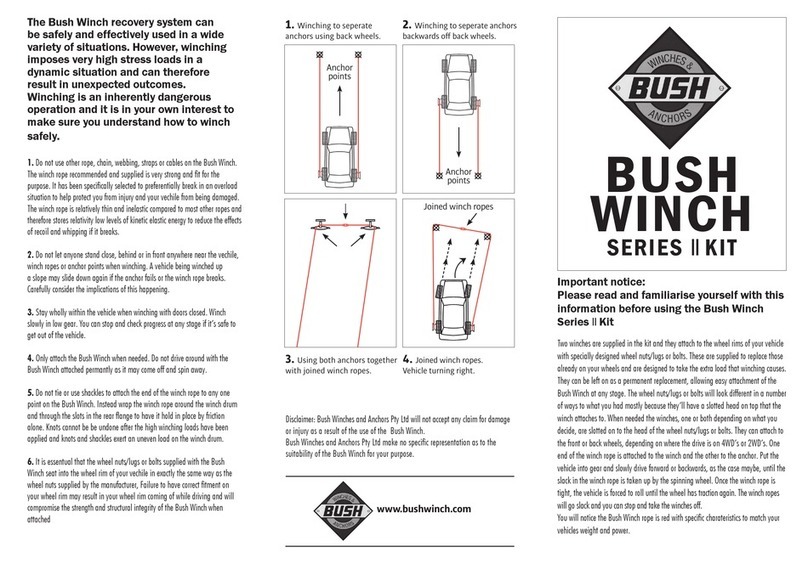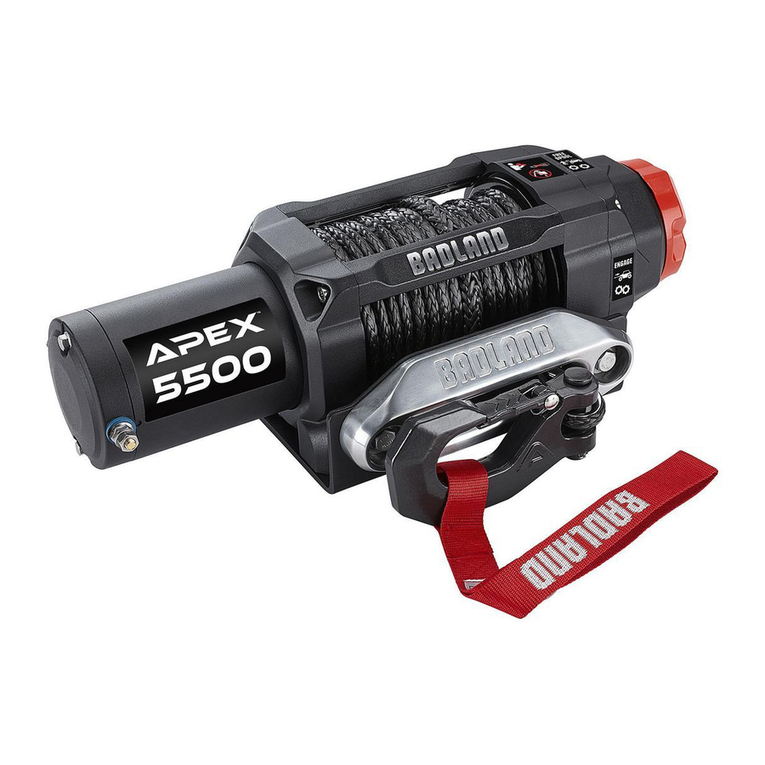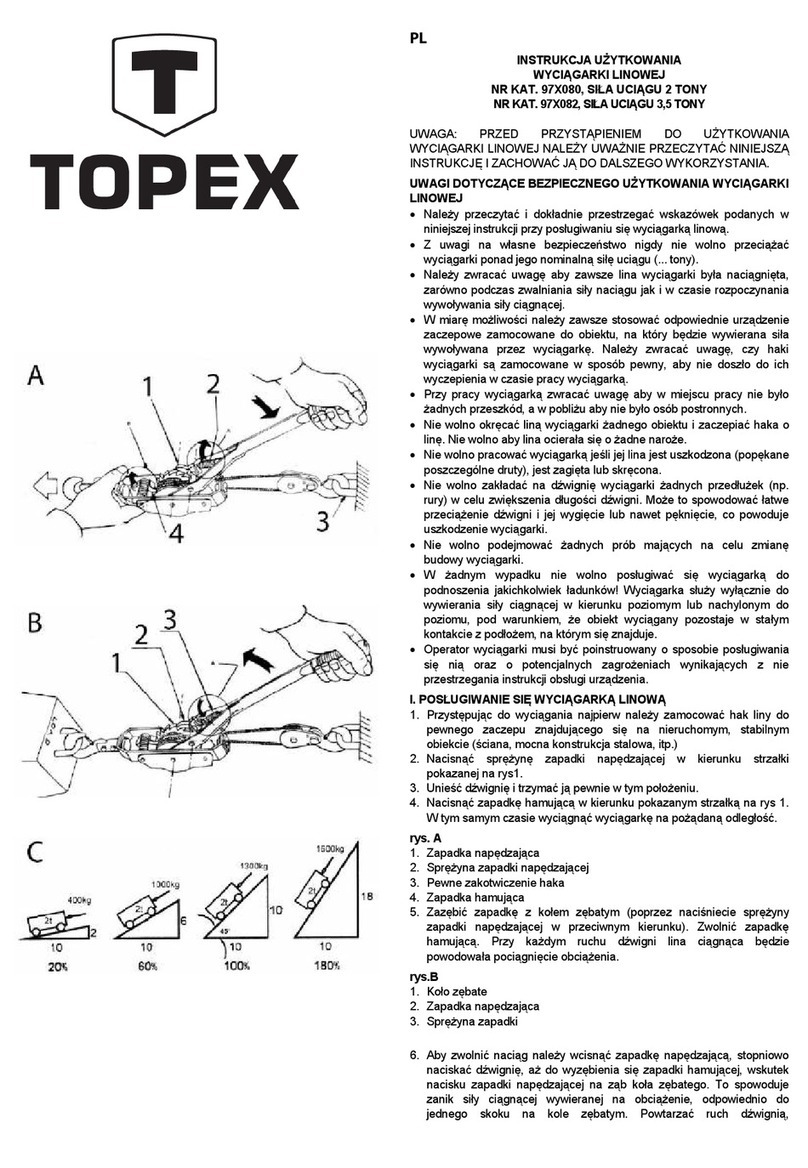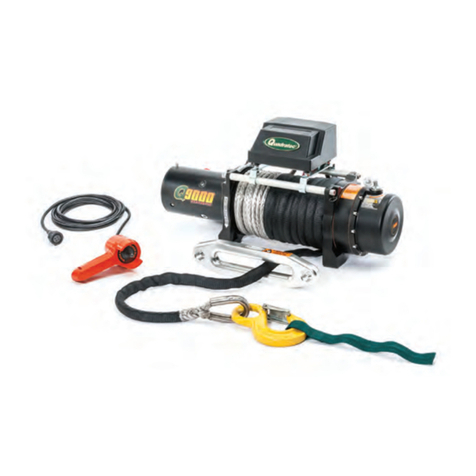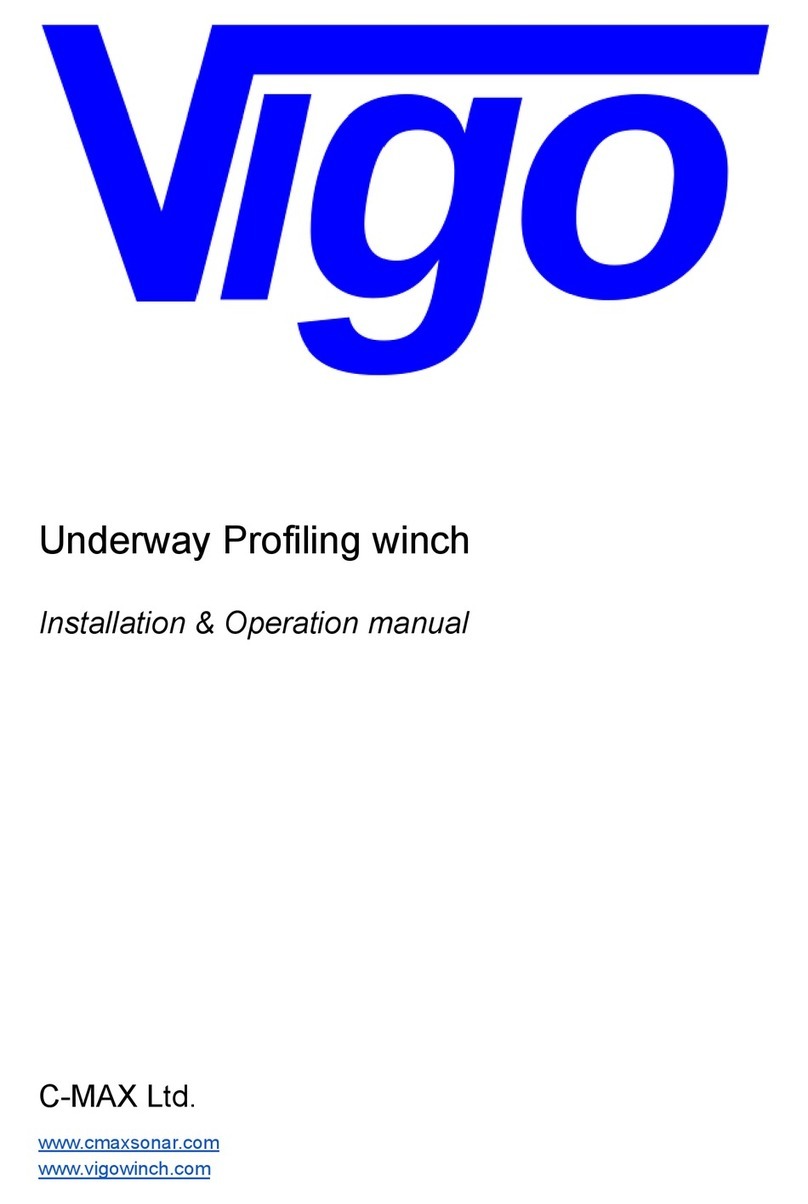
JL 501
9
• When servicing the machine, place it on a level
surface and ensure that it cannot be moved.
• Observe the service intervals and annual safety
inspections.
• All spare parts and equipment must fulll the
manufacturer’s requirements. This can be guaran-
teed by using original parts.
• Put all safety devices back into place immediately
once servicing or maintenance is complete.
When lifting the machine, check
that the lifting/hoisting equip-
ment is in perfect working order.
Check the weight of the machine
before lifting it. Choose lifting
trajectories so that they do not
cause any danger.
Many countries have specic legislation on lifting,
hoisting cables and hoists. Always comply with local
safety regulations.
OILS AND LUBRICATION
• Always use the oil types recommended by the
manufacturer. Other types of oil may cause faults
or improper operation of the equipment, which
could lead to serious damage to people or
property.
• Never mix dierent liquids or oils.
•
Always follow the manufacturer’s lubrication
instructions.
• Use control equipment carefully until the hydraulic
oil has had time to reach its operating temperature.
SAFETY INSTRUCTIONS FOR HYDRAULIC CIRCUITS
1. Work on hydraulic equipment may only be carried
out by professional hydraulic engineers.
2. Be cautious when using the equipment in cold
conditions.
3.
Checkthemachineforleaks.Donotusethemachine
if there is a leak from any system. Check all hydrau-
lic hoses – particularly those which are bent during
use – and replace any that are in poor condition or
have leaks. Ensure that all joins are tight and that
the lines are not damaged. Check that all protec-
tive caps and ller caps are closed properly. Check
the hose sheathing for damage.
4.
Check that all hose connectors, lengths and
qualities comply with applicable requirements.
When replacing or repairing hoses, use original
parts or hoses and connectors recommended
by the manufacturer. Check particularly that the
pressure classes of the hoses and connectors are
suitable to the operating pressure levels.
5. Check that all safety devices such as pressure relief
valves, etc., are in place and work properly. Fami-
liarize yourself with their use. Safety systems may
never be bypassed.
6. Check the main hydraulic parts daily, and always
after a fault. Replace any damaged parts imme-
diately.
7.
If a component is damaged, clean it before
repairing it. Do not use solvents when cleaning
parts.
8. Do not attempt to carry out repairs that you are
not fully familiar with.
9.
Never carry out repairs of the hydraulic circuit when
the system is pressurized. When pressurized, the
oil spray can penetrate the skin and cause mor-
tal danger.
10. Never work below a device or component that is
only being held up by hydraulics. Use separate sup-
ports when carrying our maintenance or repairs.
Do not disconnect cylinders or their valves until
the machine is well supported.
11. Most hydraulic oils do not evaporate easily. Risk
factors include hot oil, spills and oil mist (pressu-
rized).
12. If oil gets into your eyes, rinse with plenty of water
and contact a doctor.
13. Avoid prolonged or repeated contact with your
skin.
14.
If sprays or contact with the skin cannot be avoided,
use protective gloves, goggles and clothing as ne-
cessary. Do not use oily clothing.
15. Avoid discharging hydraulic oil into the environ-
ment, as it can pollute waterways and the ground-
water. If biodegradable oil is to be used, please
contact the manufacturer beforehand and have
the suitability of your equipment for the operati-
on with biodegradable oil conrmed by him befo-
re such oil is used.
16. Store the oil in sealed containers provided by the
manufacturer. Try to transfer the oil directly from
its container into the tank.
17. If the oil must be passed through other containers,
ensure that they are completely clean. Caps, fun-
nels, sieves and lling holes must also be clean.
18. Never store oil outdoors, as water could condense
in it.
19. Always dispose of oil in a suitable container, never
into the environment!
CAUTION!
!
